View all Standards for Florida Sunshine State Standards
TH.912.S.1.7 Interpret dramatic texts, organize and conduct rehearsals, and justify directorial choices for formal and informal productions.
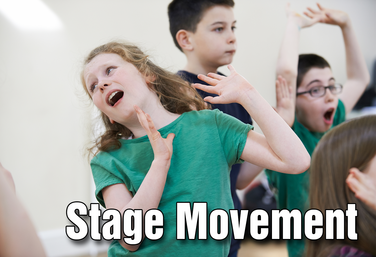
Part of the Drama One Curriculum
Stage Movement
by Karen Loftus
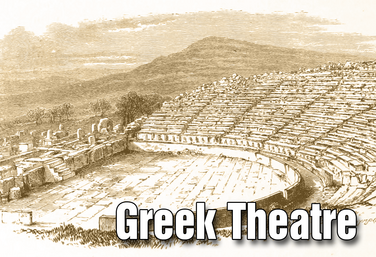
Part of the Drama One Curriculum
Ancient Greek Theatre
by Karen Loftus
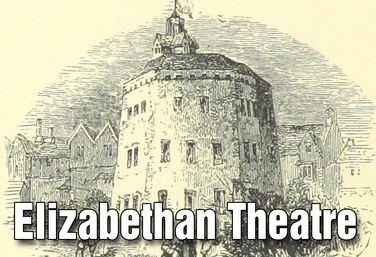
Part of the Drama One Curriculum
Elizabethan Theatre
by Karen Loftus
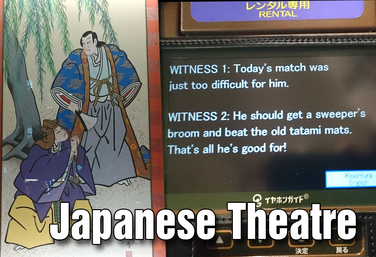
Part of the Drama One Curriculum
Japanese Theatre
by Karen Loftus
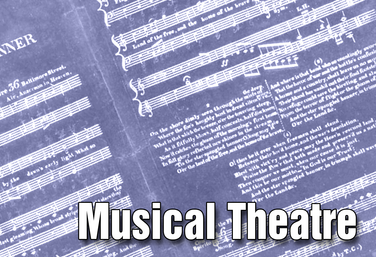
Musical Theatre
by Anna Porter
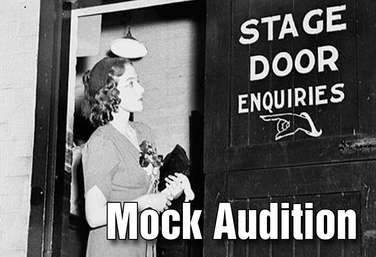
Mock Audition
by Lindsay Price
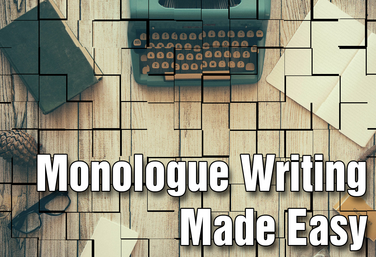
Monologue Writing Made Easy
by Matthew Banaszynski
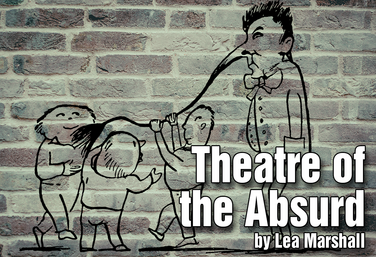
Theatre of the Absurd
by Lea Marshall
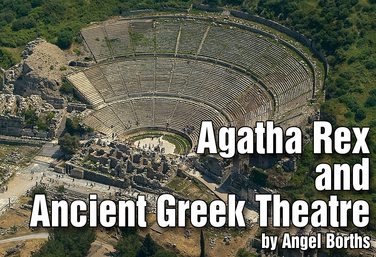
Agatha Rex and Ancient Greek Theatre
by Angel Borths
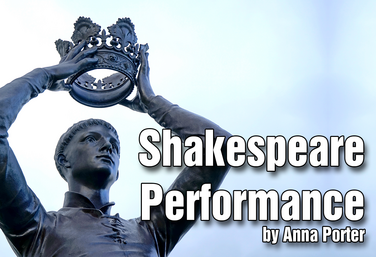
Shakespeare Performance
by Anna Porter
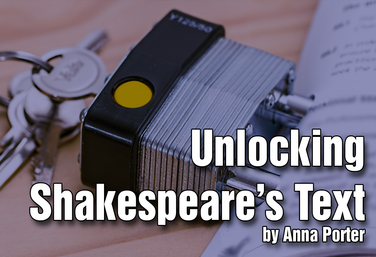
Unlocking Shakespeare's Text
by Anna Porter
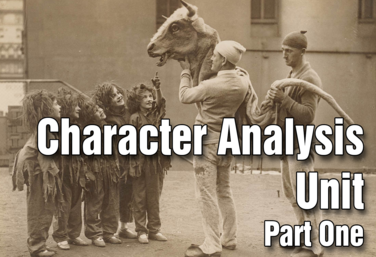
Part of the Drama Two Curriculum
Character Analysis - Part 1
by Matt Webster
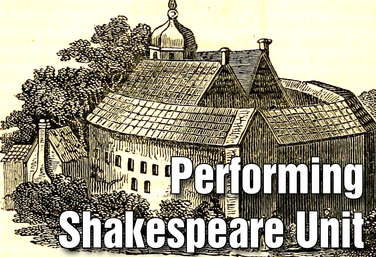
Part of the Drama Two Curriculum
Performing Shakespeare
by Matt Webster
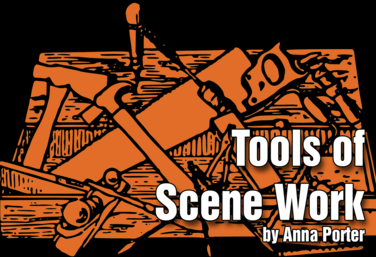
Tools of Scene Work
by Anna Porter
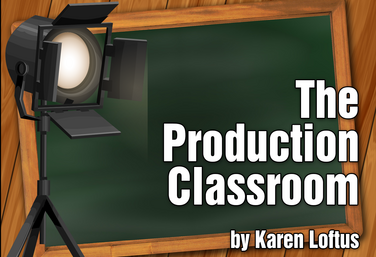
Part of the Production Classroom Units Curriculum
Production Classroom Units Overview
by Karen Loftus

Part of the Production Classroom Units Curriculum
Part One - Pre-Production
by Karen Loftus

Part of the Production Classroom Units Curriculum
Part Two - Rehearsal and Performance
by Karen Loftus

Part of the Production Classroom Units Curriculum
Part Two - Documents
by Karen Loftus

Part of the Production Classroom Units Curriculum
Part Three - Reflection and Assessment
by Karen Loftus
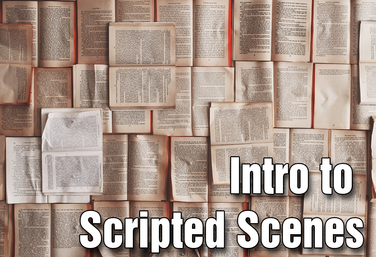
Part of the Middle School Curriculum
Unit Four: Intro to Scripted Scenes
by Lindsay Johnson
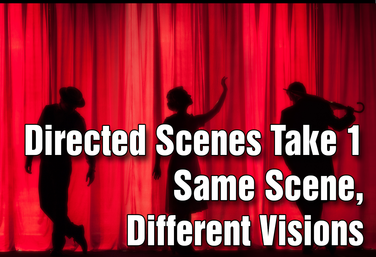
Part of the Middle School Curriculum
Unit Six: Directed Scenes Take 1: Same Scene, Different Visions
by Lindsay Johnson
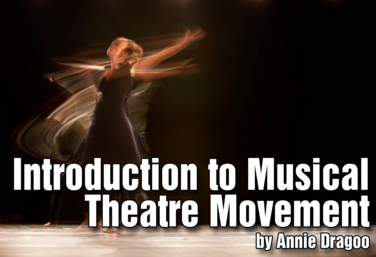
Introduction to Musical Theatre: Movement
by Annie Dragoo
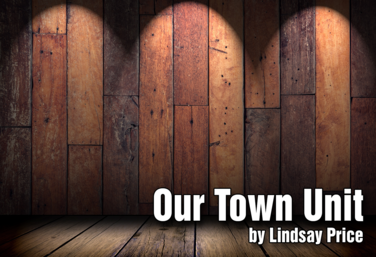
Our Town Unit
by Lindsay Price
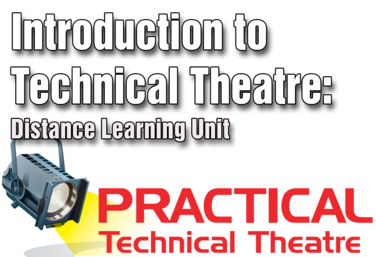
Part of the Distance Learning Curriculum
Introduction to Technical Theatre: Distance Learning
by Lindsay Price
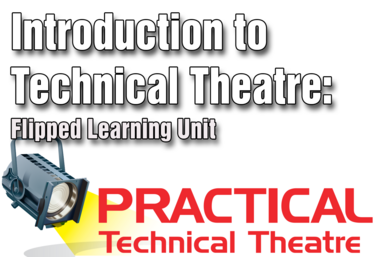
Introduction to Technical Theatre: Flipped Learning
by Lindsay Price

Part of the Distance Learning Curriculum
Mock Audition
by Lindsay Price
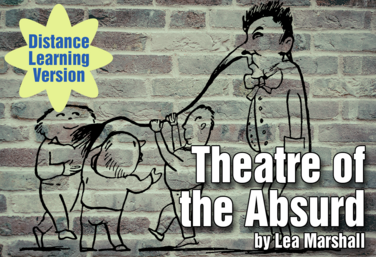.png)
Part of the Distance Learning Curriculum
Theatre of the Absurd
by Lea Marshall
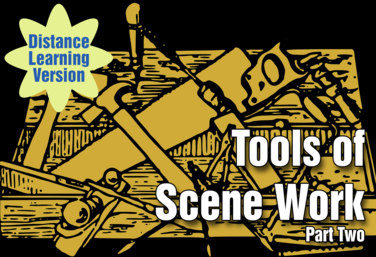
Part of the Distance Learning Curriculum
Scene Work: Part 2, Student Self Staging
by Lindsay Price

Perspective Taking
by Lindsay Price
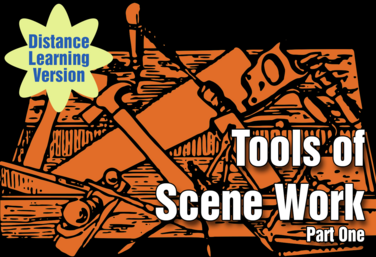
Part of the Distance Learning Curriculum
Scene Work: Part 1, Tools of Scene Work
by Lindsay Price

The Dilemma Project
by Claire Broome
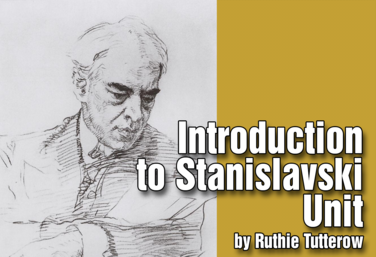
Introduction to Stanislavski
by Drama Teacher Academy
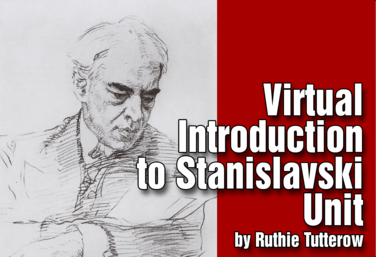
Virtual Introduction to Stanislavski
by Drama Teacher Academy
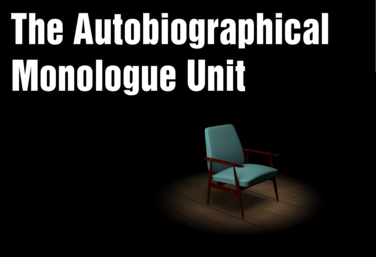
The Autobiographical Monologue
by Gai Jones
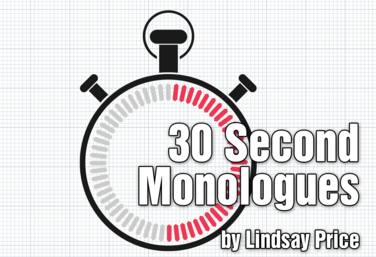
30 Second Monologues
by Lindsay Price
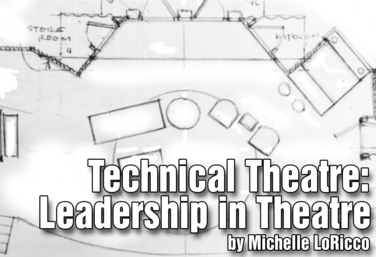
Technical Theatre: Leadership in Theatre
by Michelle LoRicco
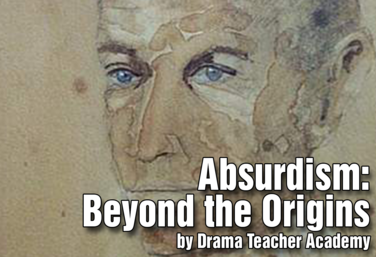
Absurdism: Beyond the Origins
by Drama Teacher Academy

Spoken Word Poetry
by Quincy Young
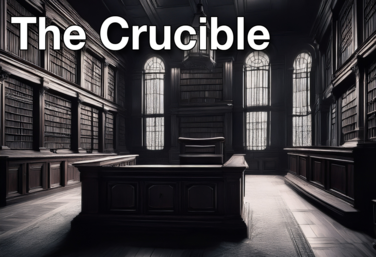
The Crucible Unit
by Lindsay Price

Laban: Advanced Characterization
by Todd Espeland

Working With Monologues For Rehearsal And Development
by Gai Jones
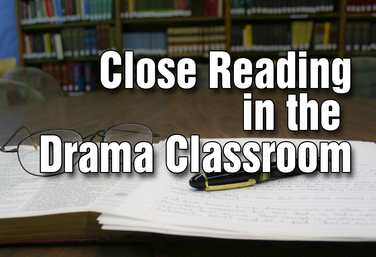
Close Reading in the Drama Classroom
by Lindsay Price

The Production Classroom
by Karen Loftus
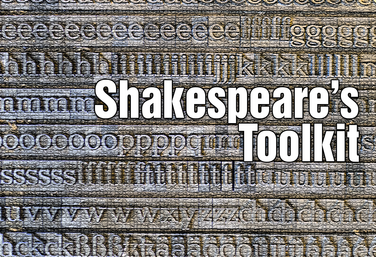.png)
Shakespeare's Toolkit
by Todd Espeland

21st Century Skills Through Devising
by Allison Williams
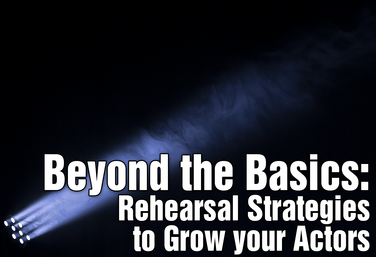
Beyond the Basics: Rehearsal Strategies to Grow Your Actors
by Julie Hartley
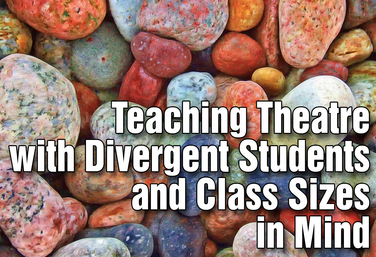
Teaching Theatre with Divergent Students and Class Sizes in Mind
by Steven Stack

Director's Toolbox 2: Teaching Students to Direct
by James Van Leishout

The Dilemma Project
by Claire Broome
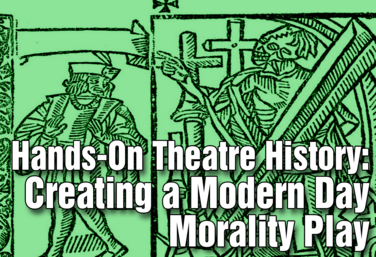
Hands-On Theatre History: Creating a Modern Day Morality Play
by Wendy-Marie Martin

Director's Toolbox 1: Teaching Students to Direct
by James Van Leishout
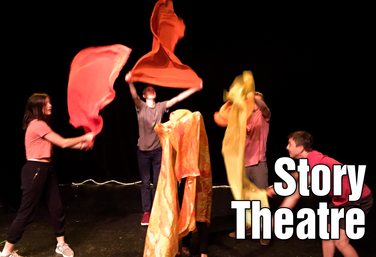
Story Theatre
by Matt Webster
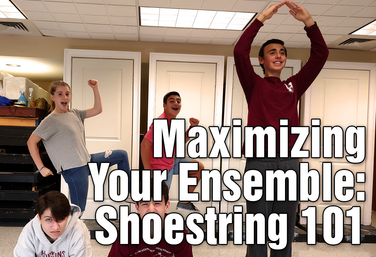
Maximizing Your Ensemble: Shoestring 101
by Michael Calderone
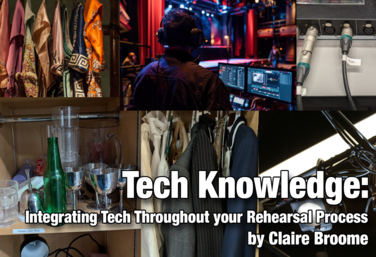
Tech Knowledge: Integrating Tech Throughout Your Rehearsal Process
by Claire Broome
View all Standards for Florida Sunshine State Standards Standards Master List